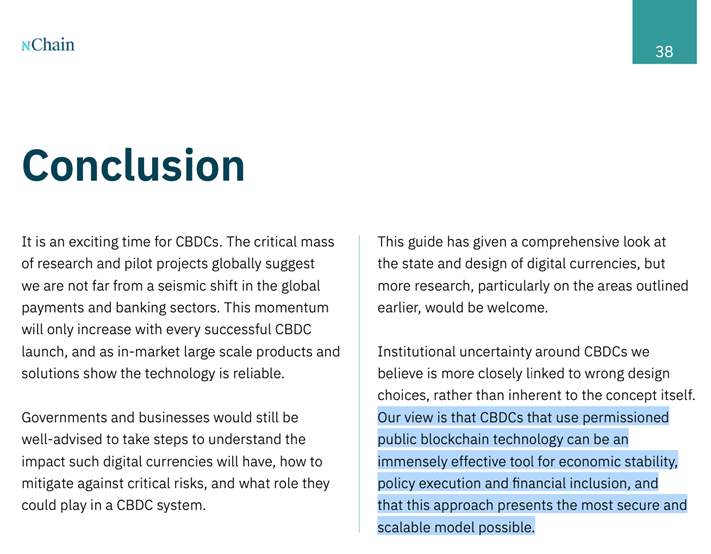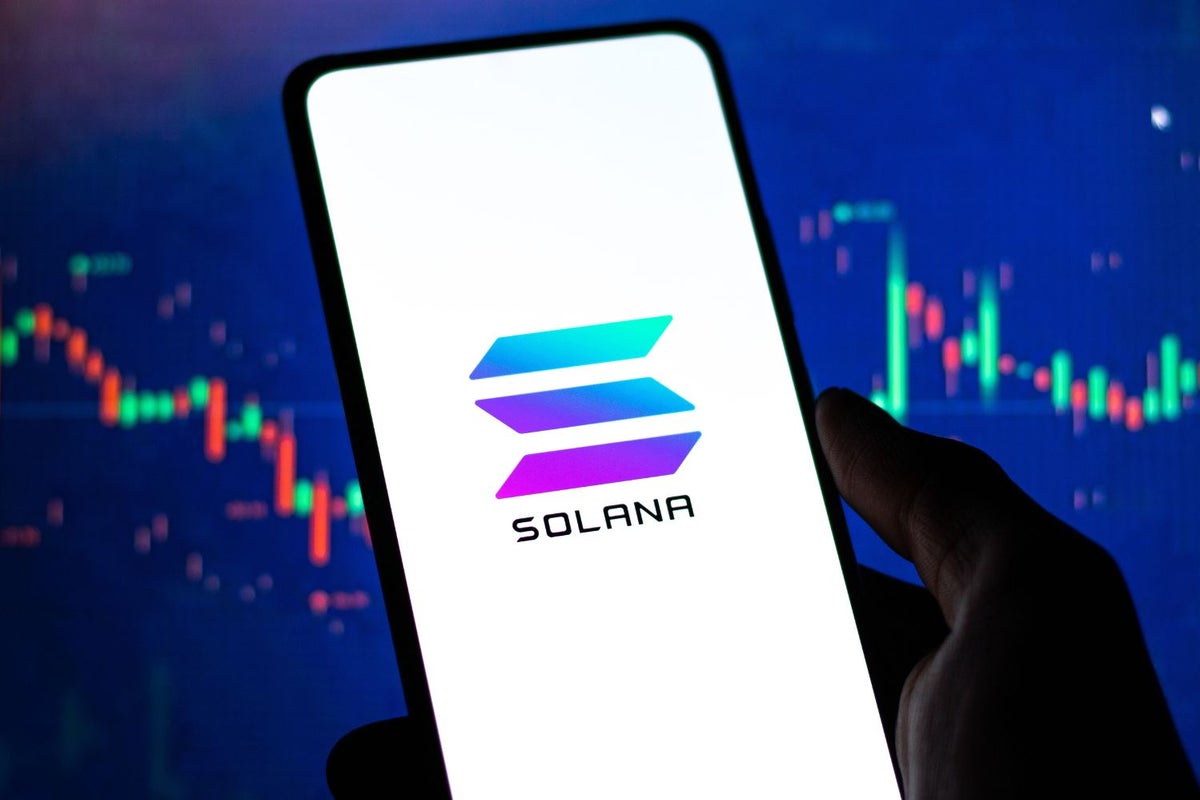Bitcoin and CBDC: Coexistence of Private Money
While reading through nChain’s recently released CBDC playbook, I stumbled upon a rather interesting section. On page 8 of the document, nChain presents the fundamentals a functioning CBDC should follow, citing the principles laid down by the Bank of International Settlements (BIS).
BIS published an editorial on CBDCs and their basic principles as well as core functions. It says:
The purpose will be to allow public and robust private money to continue to co-exist, including through convertibility and interoperability.
Coexistence of private money – well, it’s fascinating. Visiting nChain’s website again, it shows that their products include “Digital Cash” and “Digital Money”:

A while ago we discussed how Bitcoin is complex cash, and the inventor of Bitcoin, Dr. Craig Wright, pointed out in an article that Bitcoin could serve as the technical basis for a digital currency:
I see Bitcoin becoming a global commodity based transaction system, it can be used either directly or after the issuance and creation of central bank digital currencies that run on top of Bitcoin.
And for your information, Dr. Wright is the Chief Scientist at nChain.
CBDCs that run on Bitcoin and simultaneously compete with Bitcoin
It was Dr. Craig Wright who brought to our attention that with the BSV blockchain we can have a CBDC running on Bitcoin while at the same time being able to switch back from the CBDC to the native Bitcoin token at any time.
What does that mean? Imagine you have your CBDC wallet on the BSV blockchain. The moment you stop trusting CBDC – could be for political or financial reasons – you exchange that CBDC amount back to BSV satoshis.
That would be the opposite of being trapped in a government money system. It opens an escape route, and if the purchasing power of the CBDC is declining due to inflation. Back to BSV, then. What if a CBDC is suddenly needed to pay for an item? You can convert back to CBDC again.
In this way, we could participate in a CBDC system without staying in it. This puts pressure on the CBDC system, by the way, and in a good way: if the CBDC doesn’t deliver what they promised, people would run back to the original Bitcoin tokens with a click. CBDCs have to compete against the commodity quality of Bitcoin as cash.
This is where the exchange of digital assets can fulfill its true meaning. Not gambling and speculating on price increases of the latest toll coin, but enabling instant exchange back and forth between CBDC and Bitcoin.
The risk of a CBDC is minimized when Bitcoin is in play
In nChain’s CBDC playbook, the risks of a CBDC were discussed, particularly “loss of privacy.” However, the original Bitcoin, as in the BSV blockchain, is a handy tool for improving privacy on a large scale.
Privacy is guaranteed if Bitcoin scales – which it does on the BSV blockchain. The more transactions run on Bitcoin, the more difficult it becomes to track someone’s transactions easily. Dr. Wright stated in his article “Solving Double-Spending” that:
Bitcoin balances such dichotomy by achieving privacy through scale. While every transaction retains full traceability, the cost of monitoring all users globally is prohibitive. Furthermore, assume that users maintain separate keys for each transaction and firewall their identities. In that case, it becomes impossible for people to randomly determine others’ identities or even connect identities. The creation of filters, controls and software can simplify the problem and allow payments that are not shared and thus do not reveal the identity of the user or link transactions.
Now take all of these into consideration: Bitcoin improves privacy on a massive scale, and at the same time, it’s commodity-based cash that makes it possible to reduce the financial risk of a CBDC. In addition, the CBDC itself can run on Bitcoin. As nChain points out on their product page, Bitcoin is a tool for having digital cash and digital money. These are not the same.
BIS wants private money to co-exist with CBDC. However, private money is not currency notes issued by governments. Do you see where all this could be going now?

Get nChain’s latest CBDC playbook here:
See: The presentation of the BSV Global Blockchain Convention, CBDCs and BSV
width=”562″ height=”315″ frameborder=”0″ allowfullscreen=”allowfullscreen”>
New to Bitcoin? Check out CoinGeeks Bitcoin for beginners section, the ultimate resource guide for learning more about Bitcoin – as originally envisioned by Satoshi Nakamoto – and blockchain.

